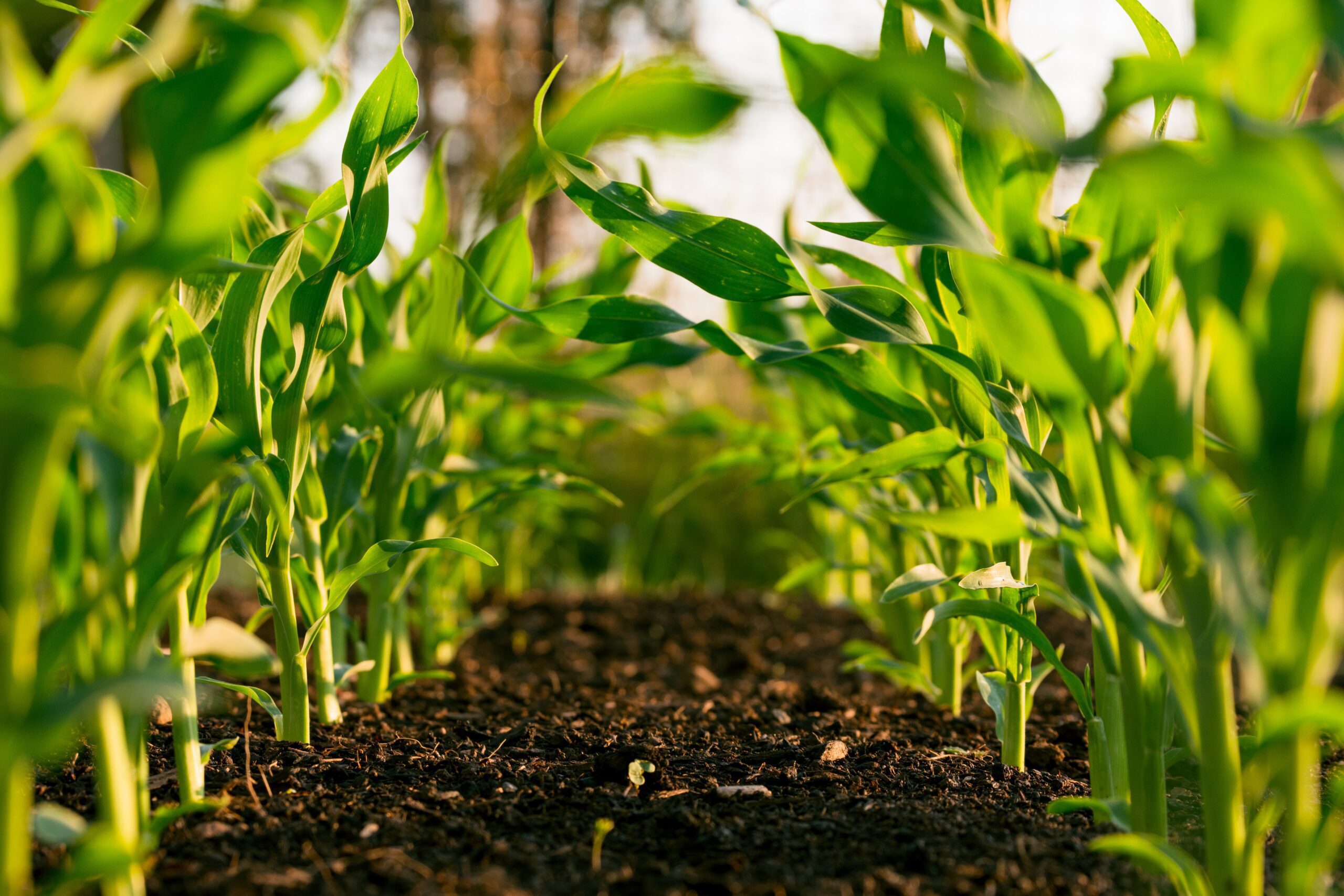In the remote countryside of South Dakota sits the headquarters of one of America’s most promising agricultural research initiatives. The sprawling 53 acres of land, known as Blue Dasher Farm, is, for the most part, just like any other farm. It produces honey, lamb, eggs, poultry, and pork, as well as fresh produce and jams from the young orchard and garden. While it sells mainly to local markets, just like other producers in the area, its reason for growing crops every season is slightly different.
Blue Dasher is a base camp for the Ecdysis Foundation, an agricultural foundation researching regenerative farming practices. The owner, Dr. Jonathon Lundgren, is an agroecology and entomology authority and a former research analyst for the U.S. Department of Agriculture (USDA). He left the USDA in 2015 as a whistleblower and started the Ecdysis foundation to explore regenerative agriculture practices.
Throughout most of his work with the USDA, he focused on traditionally accepted farming practices that further engrained inefficient monocropping practices into the agricultural community. With the development of the Ecdysis Foundation, he began to spearhead research into regenerative practices that were, for the most part, only backed by anecdotal evidence and individual farmers’ experiences.
He started the 1,000 Farms initiative, a 10-year study, to collect valuable data on farming management practices, biodiversity, soil and water health, and the financial success of more than 1,000 growers across the country.
The goal is to understand the universal benefits of regenerative practices. The project is designed to give a voice to the methods that were not clearly understood and written off due to lack of research.
“For years, success stories about regenerative food systems and their potential for carbon sequestration, water retention, promotion of life, and profitability have been dismissed because critics insisted on data to ‘validate’ the impact of regenerative agriculture at a mass scale,” Lundgren said. “This is that study.”
The ambitious research project is already well underway, with the data-collecting period set to finish sometime next year. However, it is more than just aspirational. For Lundgren, it is also about helping break the hold that traditional monocropping methods have on the American agricultural system and providing a different approach to sustainable farming.
“[For] farmers who have been farming this way, researchers who have been supporting this system and who grew up in a system which supports the current food system, to change that is to admit you’re wrong, and that’s hard,” Lundgren says. “We need to be there for producers that are interested in changing.”
The initiative has already attracted high-profile support, with General Mills, Ducks Unlimited, the U.S. Geological Survey, and several philanthropic organizations partnering with the project. Yet the core of it is bringing meaningful change to the American agriculture system. Lundgren sums this up, saying, “People tell me, ‘We love the idea of regenerative agriculture, but we’re stuck in this current way, and what is it gonna cost us to change?’ I think, whether we’re farmers or consumers or philanthropists, we all have to change the question and ask ourselves: What is it going to cost us not to change? That is what’s driving our efforts right now.”





